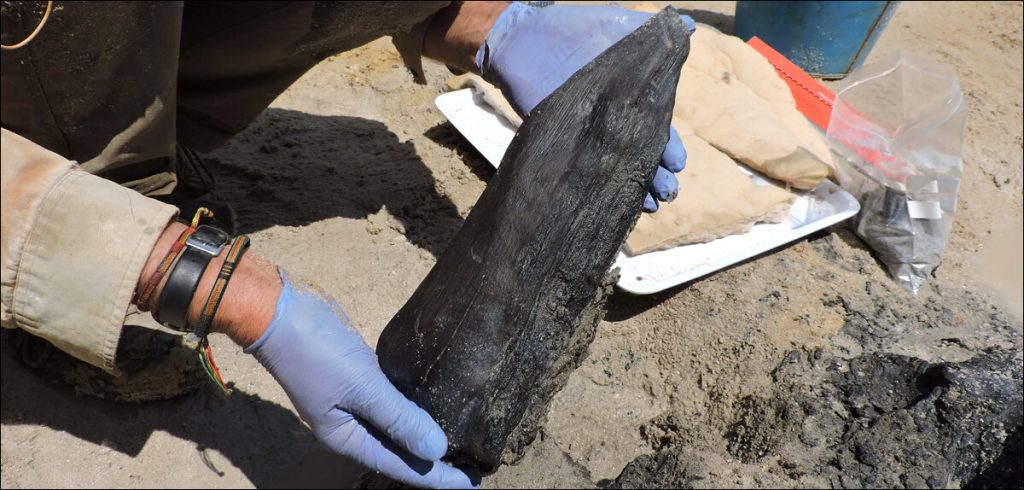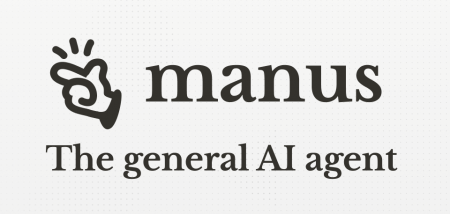The discovery of an ancient artefact in Africa, throws into the bin how old we thought we were, opening the door to some exciting new ideas about our species writes Satyen K. Bordoloi.
“Our whole universe was in a hot, dense state
Then nearly fourteen billion years ago expansion started, wait
The earth began to cool, the autotrophs began to drool
Neanderthals developed tools
We built a wall (we built the pyramids)
Math, science, history, unraveling the mysteries
That all started with the big bang (bang)”
This intro song to the series The Big Bang Theory is one of the briefest explanations of our origins. But the devil lies (sometimes tells the truth) in the details: lines three and four cover about 4 billion years. For line four, the accepted notion is that Neanderthals first began using tools around 300,000 years ago heralding the age of our cognition shaping this world so far, the rest of the universe next. However, a recent discovery threatens to dramatically alter this timeline, and along with it our very understanding of who we are and where we came from.
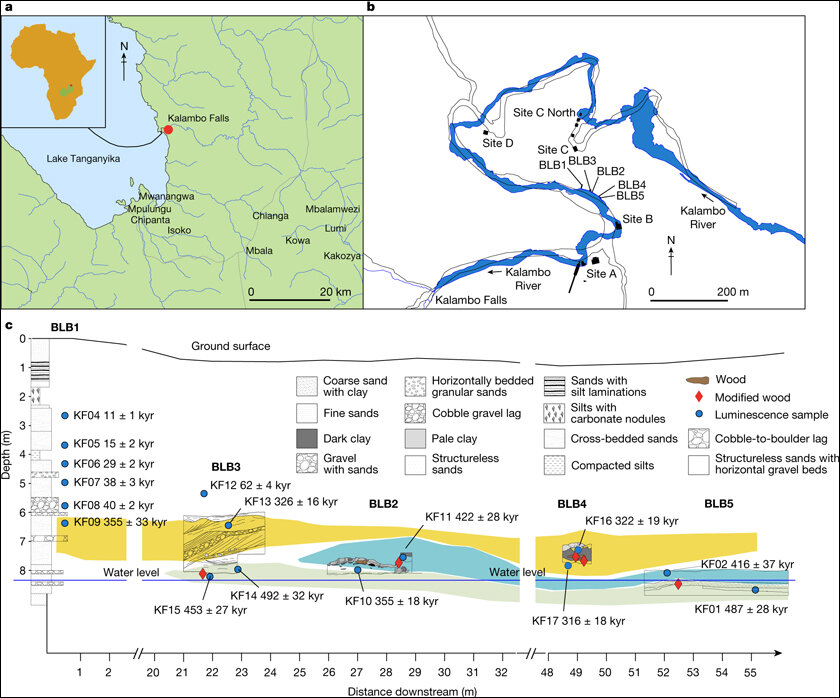
On the banks of a river bordering Zambia and Tanzania, researchers dug up an arrangement of logs which are remains of what is so far the world’s oldest known wooden structure. Marks on the logs show they were created with sharp stone tools that shaped the logs to form what could have been a walkway or platform for humans living along the river half a million years ago. One is a type of bush willow that overlies the other, both held together by a large inverted U-shaped notch under it.
Carbon dating has found the structure to be at least 476,000 years old. What’s the big deal, you’d ask? Before this finding, we thought human’s ability to fashion things using tools – the one crucial differentiator between us and every other animal – was around 300,000 years old. This woodwork, the creation of what is believed to be by Homo heidelbergensis, a predecessor of modern humans living in the region, shows a kind of sophistication that pushes the birth of our specie’s unique intelligence by at least 176,000 years. This wonderful research was published in Nature here.
There is a vast world of conspiracy theorists who believe in all manner of things. UFOs and alien landings and easily debunked. But others aren’t. Like one that claims that human civilization is older by hundreds of thousands, sometimes a million years or more, than the accepted notion. These theorists would have got a shot in the arm with these findings.
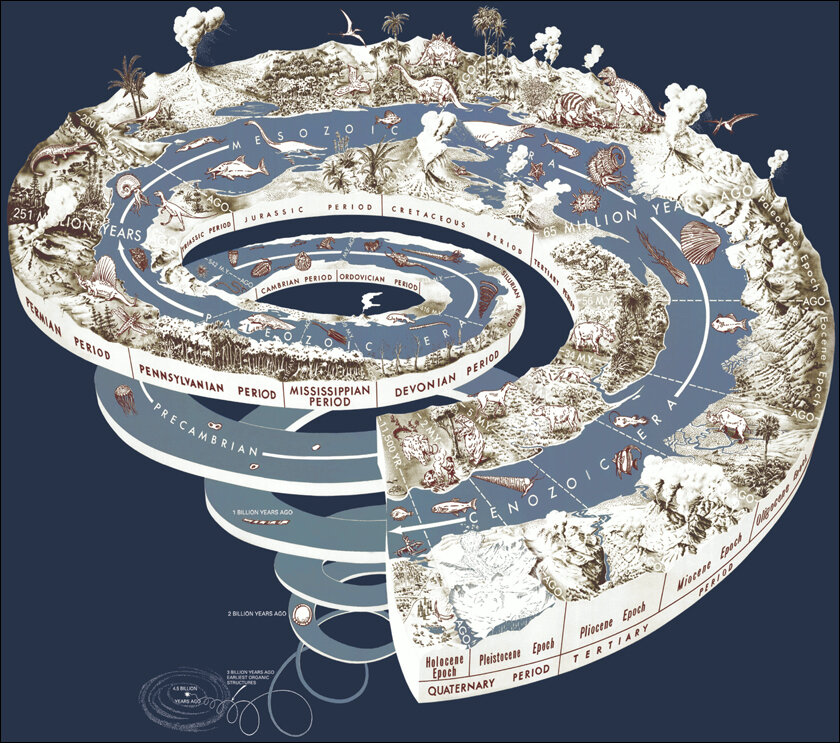
Then, there is the ‘Silurian Hypothesis‘ by Adam Frank at the University of Rochester and Gavin Schmidt at NASA’s Goddard Institute for Space Studies. This thought experiment asks: what if a technological species existed before humans – not on another planet – but on Earth? If it did, what proof would it leave behind? Turns out – as the fascinating paper highlights – little to none.
Thus, despite all our technological advances, half a billion years from now, it would be a miracle if minor traces of what we have done on the planet – from our magnificent structures of metal and cement to art, would survive as in that time the planet’s hot crust and its oceans would have swallowed and spitted our current crust a few times over (Pangaea is 299 million years old). Think of Earth as a pulpy juice put through a centrifuge that separates the solids from the liquids helping civilizations emerge, but time proves itself to be the mixer that grinds everything again, destroying any proof of creation by species or otherwise.
This new finding, expectedly, has surprised the world. This should not be the case because, as opposed to religion, the very nature of science demands us to take nothing for granted.
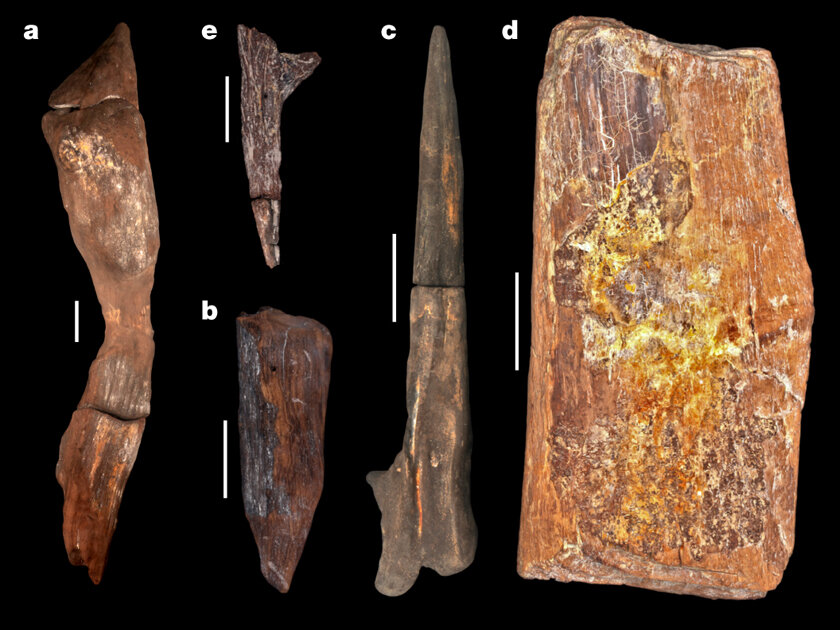
NOTHING SACROSANCT FOR SCIENCE:
Religions have all the answers. The Abrahamic ones of the West say god created a garden, a man, a woman, a snake and an apple tree to begin creation. Much of the East favours a four-headed god cursed by his daughter as its creator. Science, on the other hand, knows only what can be observed, tested, proven, experimented with, analysed, understood not believed, debated etc. Empirical evidence using the scientific method is the cradle of science, and thus our modern civilization and all the amazing discoveries and inventions we see and use.
It is hence surprising when occasionally, scientists themselves, turn science into a dogma. Like priests, they claim this is what it is, and anything that does not adhere to it is wrong. Truth is, the only thing science says is this: we believe something to be true, till something else comes along, stands enquiry and empirical evidence, and proves itself to be truer.
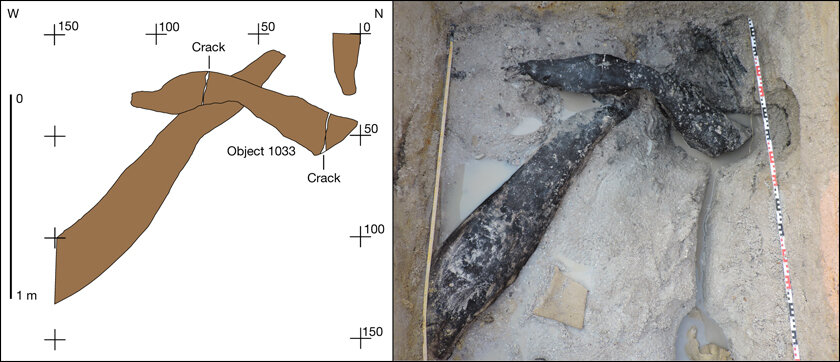
Hence, this latest finding should not surprise us. Take this simple thought. We believe the 300,000-year-old timeline because we found stone tools used by Neanderthals from that time. Now, here’s the rub. As we saw with the Silurian Hypothesis, it is not easy for things to survive on the surface of the planet. Stones survive longer, hence stone tools are our benchmark. But in creating stories from these stone tools, how many of us stop to wonder if the same stone tools were also used to make wooden instruments that have not survived? Secondly, many such findings have been lost to rapid human development and many are still to be found. Hence, science demands that we keep our minds open at all times.
Clearly, from now on, we will, as this finding upends almost everything we think we know about where we came from and when.

WHY THIS IS IMPORTANT TO THE FUTURE:
The future is a story written with the ink of the past. We look at ourselves as what we are. Truth is, we have passed through many milestones in the journey of our evolution and every little thing our ancestors did hundreds of thousands of years ago, has rippled through time like the ‘Butterfly Effect’. The first human who observed two rocks produce sparks and tried to start a fire, changed everything. Maybe others had thousands of years before them, but these attempts to replicate the effect, try to start a fire and not give up until success, made all the difference. Humanity is a series of logical progression through chaos. And if that person or a group had also given up, only for someone else years or decades later to have picked up and mastered fire, perhaps the whole history of our civilization would have been different. We might have still been fighting with sticks and swords instead of guns and bombs. The moon would still have been a magical lantern hanging in the sky and not the next thing we would inhabit, and it would take a few thousand years more for us to reach where we are today at this point in spacetime.
Hence, the more exact we get with where we in our timeline evolved to do certain things, will help us draft theories about all life on this planet. This will help us define our relationships with other species and could provide crucial answers to questions we have about our survivability on this planet in the future, especially how to deal with things like climate change.
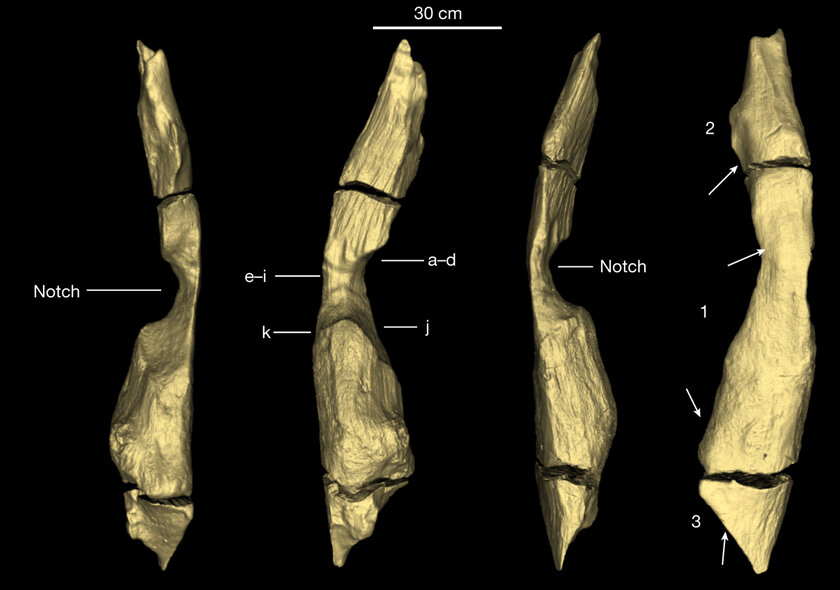
The other place where it would be useful is in the cognitive sciences. Take another research that proposes that unlike previously believed, it was the process of fermentation, not the use of fire for cooking, that was the all-important dietary change which enabled our species to expand our brains and thus become the dominant species. This process began around 3.5 million years ago. The evidence of fire we have is from 2.5 million years ago. Finding what happened to humans from 3.5 million years to about half a million years ago from which time these tools are from, could be key to finding out how our brains evolved, and what did we use them for. This will in turn help us see where we are headed.
This finding will also help in consciousness studies. One estimate of how much DNA we share with every mammal on the planet puts it at 80%. When it comes to our nearest cousins, the apes, we share 98% while when it comes to each other, every single one of us has 99.9% common DNA. Yet, when it comes to our consciousnesses and cognitive abilities, there’s an ocean of divide. What explains that? What causes that, and where did we begin diverging from other species, and what were the external and internal factors that led us to this point?
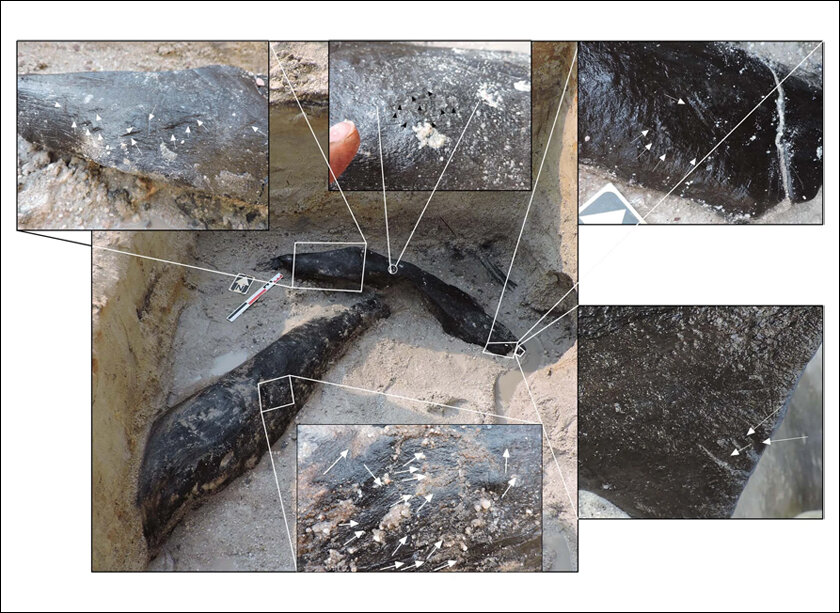
(Image Credit: Nature)
Clearly, the differences in our brain structures or even the size of the brains (aquatic mammals have much larger brains) do not entirely explain the rising of the type of consciousness that humans have and our ability to change so much around us. Like with our changes in DNA, perhaps even changes in our cognitive abilities were incremental and took time. Perhaps time is also a crucial factor we need to consider when we study cognition or the creation of an artificial one – not AI but AC – Artificial Consciousness.
After the use of fire 2.5 million years ago, it is the use of stone tools that marks the greatest jump in our cognitive capabilities, our consciousness. We thought that happened about 300,000 years ago. But to have at least another 176,000 years to that is truly dramatic and crucial to our understanding of ourselves.
“Math, science, history, unravelling the mysteries” will still take us a long time. But discoveries like this remind us to keep looking, and while we do that, to keep our minds open. Who knows what we might find and how many more conspiracy theories will come to pass, albeit partially.
In case you missed:
- Prizes for Research Using AI: Blasphemy or Nobel Academy’s Genius
- Why a Quantum Internet Test Under New York Threatens to Change the World
- Copy Of A Copy: Content Generated By AI, Threat To AI Itself
- Are Hallucinations Good For AI? Maybe Not, But They’re Great For Humans
- A Data Centre on the Moon – From Sci-Fi to Necessity
- Quantum Leaps in Science: AI as the Assembly Line of Discovery
- Rise of the Robolympics: When R2-D2 Meets Rocky Balboa
- AI vs. Metaverse & Crypto: Has AI hype lived up to expectations
- The Path to AGI is Through AMIs Connected by APIs
- The End of SEO as We Know It: Welcome to the AIO Revolution



